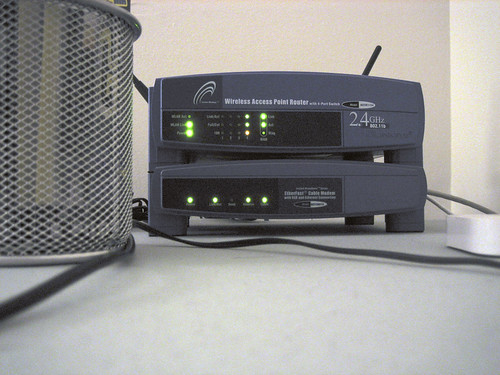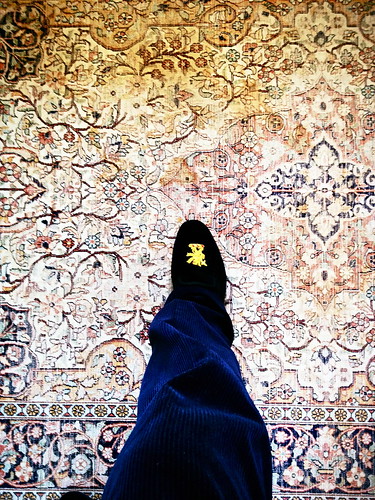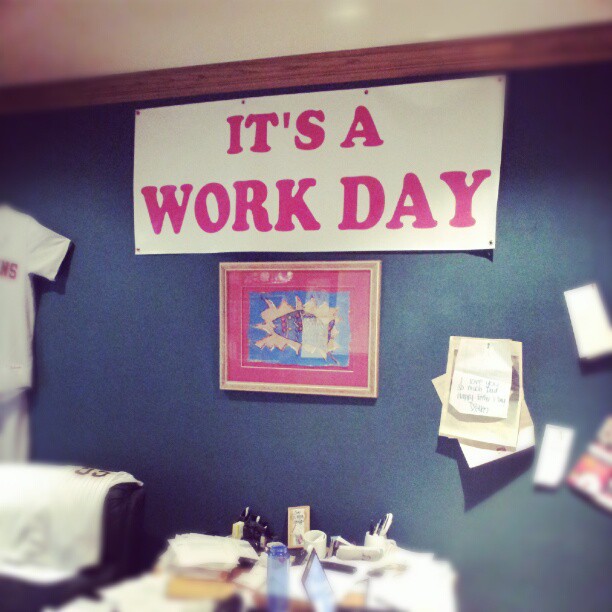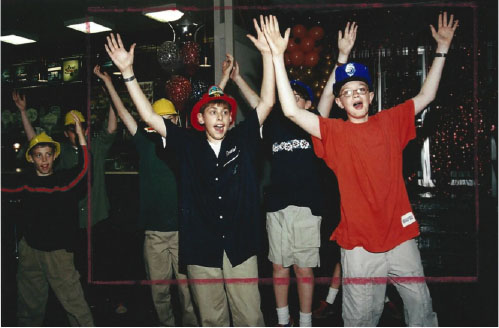Two weeks ago, while I was writing out my annual “What I Believe” post, I had a small epiphany, and jotted this down:
If you can show it in a spreadsheet, you can sell it. And if you can pair that data with a great story, you’ve really got something.
In my job at BuzzFeed, I report to two people: Dao, our director of traffic; and Erica, our managing editor. With Dao, it’s all about numbers. Show her that the numbers are trending upward, and she’ll listen.
With Erica — and any of the other editors at BuzzFeed — it’s all about the story. If you can tell a great story, they’ll listen.
When you pair those together, that’s when the magic really happens. I wrote that when you put them together, “you’ve really got something.” Which is true.
But what I really meant to say is: When you pair them together, you’ve really earned respect. In your work, you’ll have to sell your ideas to others. One of the secrets to sales is being able to pair data and a great story. Get those two elements together, and they’ll not only listen — they’ll follow you where you want to go.
That’s a photo of two shibas, because, you know, BuzzFeed. It comes via Taro the Shiba Inu on Flickr.







